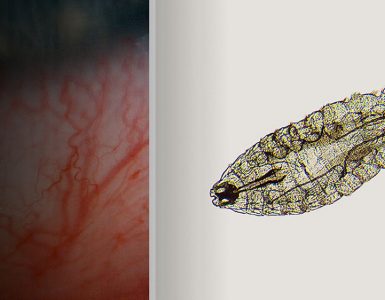The agriculture sector of Egypt faces a serious challenge to upsurge food production with low water, which can be accomplished by increasing crop water productivity. Increasing the water productivity of crops is a vital goal of increasing demand with a high population rate. Therefore, Water shortage considers one of the severe problems facing crop production in an arid and sandy Egypt and it is necessary to lessen the irrigation water consumption by developing advanced and effective technologies. In dry areas of Egypt with high population density and freshwater borders, there is momentous pressure on the sector of agriculture to reduce the freshwater consumption for the irrigation that may necessary to fulfill the need of other sectors. The water resources suffer from severe water scarcity that is elevating with increasing population growth.
Therefore, the water productivity of crops in Egypt is enormously significant, due to the inadequate water resources, precipitation, and limited precipitation area. The application of modern methods of irrigation and related techniques is a vital concept that can be applied in arid regions as Egypt to provide a portion of irrigation water.
Ali and Talukder (2008) informed that On-farm water productivity for crops and irrigation water use efficiency can be improved by using effective irrigation systems like sprinkler and drip irrigation that can minimize non-effective loss of water. The sprinkler irrigation system is an advanced technique for irrigation and to obtain accurate water amount control and irrigation time. The existence of irrigation technologies like sprinkler or drip systems are more in areas with expensive water (i.e., deep wells) and comparatively low soil quality.
Brassica napus L. is commonly known as Canola that is 2nd the largest oilseed after soybeans in the world and produces a high meal of protein used to feed the animals during processing. In the case of human consumption, canola is used in numerous ways depending on its oil content and availability.
Canola can be used as food for humans, as green fertilizer, and in industry. Canola crop is categorized by its high oil production, while grains of canola contain 38-50% of the oil.

Many factors influence the yield of canola including soil type, irrigation regime, and climate, seeding density, genotypes, rate of fertilizer application and timing, date of cultivation, crop rotation, tillage practices as well as seeding rate and depth. One of the most important aspects of effective canola production in arid systems is achieved by the precise ratio and timing of nitrogen fertilizer application.
White et al. (2013) found that harvest index, total plant weight, and seed yield in some canola crop varieties improved with augmented nitrogen levels. Therefore, Nitrogen is essential to achieve the potential for the yield of canola. Currently, Abdelraouf et al. (2021) presented a study was published in the Asian Journal of Plant Sciences aimed to improve the canola production and saving of irrigation water by selecting the appropriate irrigation system and determining the top frequency for adding nitrogen fertigation dose under sandy and arid regions conditions in Egypt. The results depicted the improvement in water productivity, oil production, and overall productivity by using the nitrogen fertilization for canola under the sprinkler irrigation system as compared to the drip irrigation system. The improvements in the same features were observed by increasing the number of fertilization times.
















Add comment